Wood Veneers: Tips & Features
“The photo shows the actual veneer you will receive…”
You may see this noted beneath our product descriptions. We take our time to photograph each individual bundle to highlight a more accurate image of the veneer and its figuring or grain. We delight in this process as we feel this is extremely important especially with highly figured veneers such as burrs.
Our photos are not generic examples to only show the typical wood species but show the actual veneer you will receive. There may be very small variations in grain as we get through the bundle from first to final leaf.
Each bundle is individually photographed to accurately depict its unique grain.
Wood Veneer Product Codes
You may notice each wood veneer will have a number within its product description such as ‘Boxwood Wood Veneer No. 10’.
We assign a number to each bundle or log so that we can easily identify and distinguish between them. Ultimately, easing your order processing time!
Ordering Multiple Leaves
We will always send consecutive leaves if you order multiples of the same wood veneer. We know this is important should you be looking to book match them.
Please note, book matching most species on the length is often very accurate but book matching the widths (an end to end) can be quite difficult and may not create a very accurate match. This is also especially true with wider grain species such as, Magnolia (North American Tulipwood), Oaks and Pine.
Read more on wood veneer matching here.
Sanding Guidelines
Sand with care! Please take care when sanding wood veneers, especially naturally darker toned or coloured wood veneers, in particular with the red and black dyed woods. The dust created when sanding needs to be brushed away completely before applying any type of polishing or it may become trapped beneath the polishing and be especially visible on surrounding (lighter) woods.
We suggest sampling your polishing method with small pieces of your chosen veneer(s) before doing so on a big project.
Original Marquetry Ltd will not be held responsible for any damage or mistakes caused to the veneer by the customer including, but not limited to sanding dust transfers or any other damage due to not testing finishing methods.
Choosing the Right Adhesive for Wood Veneers
Pearl glue is recommended for most projects and is especially good for restorations and antique pieces.
Contact glue is ideal for shaped items rather than flat, and when wood veneer cannot be placed under a press or in clamps. Please note that once two items are covered in this glue and they make contact, they cannot be pulled apart. There are no second chances with this glue!
Glue film and other wood adhesives such as PVA are better suited for new projects. Ideal when the surfaces to be glued are in great condition, top quality wood veneers, and most importantly, are flat. We do NOT recommend glue film to be used with wood veneers over 0.6mm in thickness, as the thickness may stop the glue from penetrating. If using with burr wood veneers, we recommend testing a small section before applying to the full leaf.
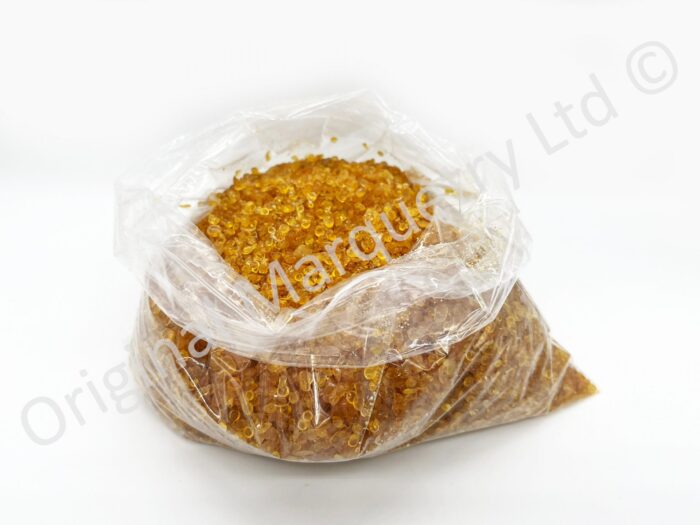
Pearl Glue, Animal Glue, Scotch Glue, Hide Glue
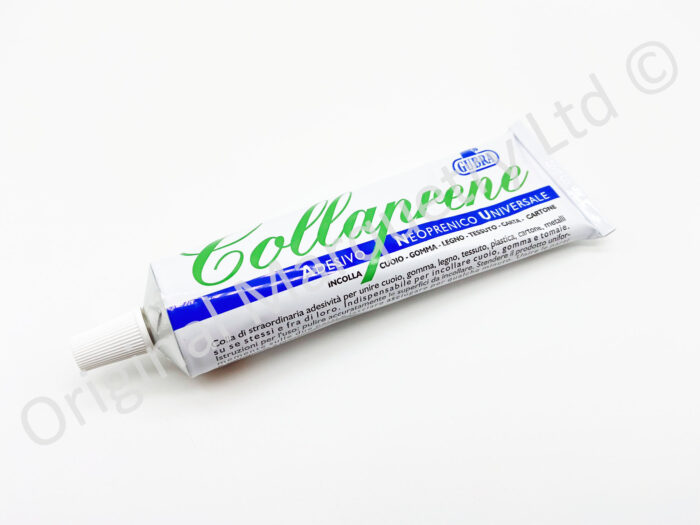
Contact Glues – Super Contact Glue
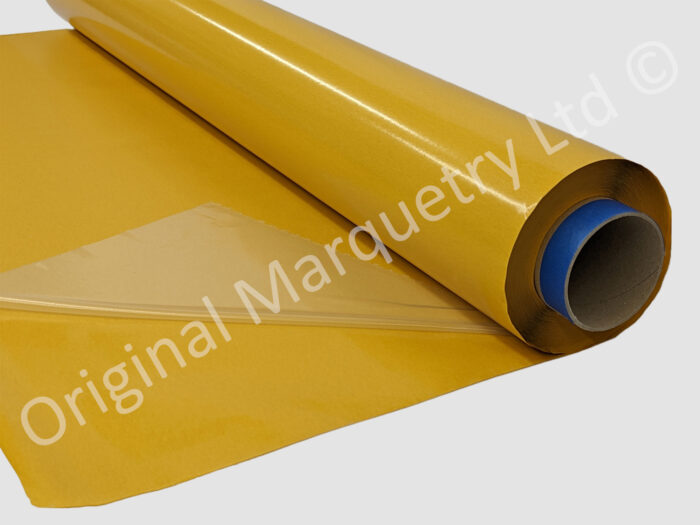
Glue Film Iron On Hot Melt Adhesive
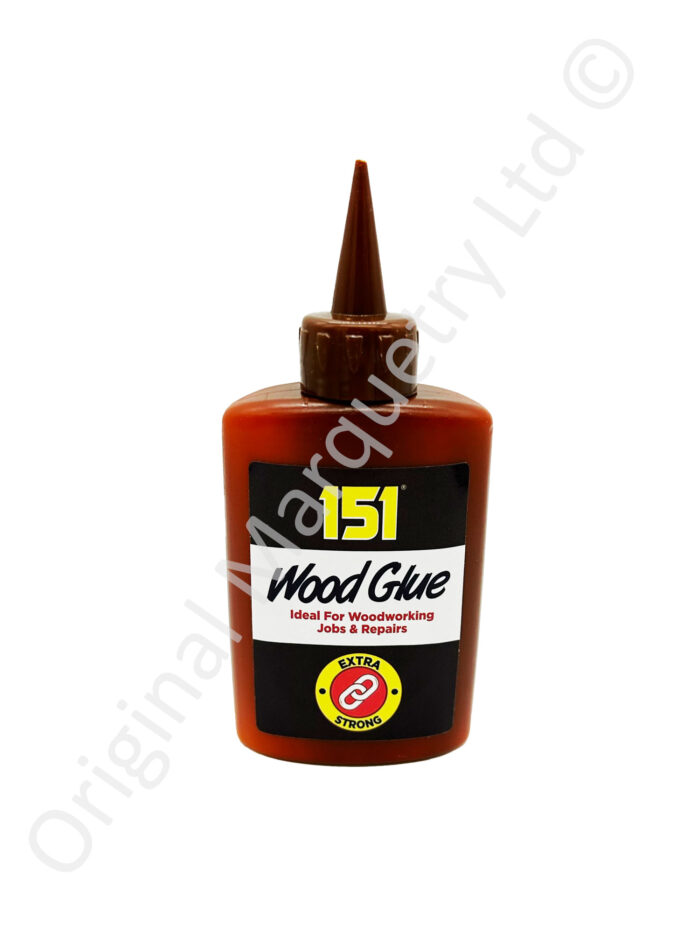
PVA Wood Glue
Thicknesses
Thicknesses vary but are generally available as follows. Occasionally this may differ, so be sure to check the thickness stated in the product description.
| Standard (Decorative) Wood Veneer | 0.6mm to 0.8mm |
| Burr Wood Veneer | 0.6mm to 0.8mm |
| Coloured Wood Veneer | 0.6mm |
| Constructional Wood Veneer | 1.4mm to 2.5mm |
| Saw Cut Wood Veneer | 1.5mm to 6.0mm |
| Oyster Wood Veneer | 1.5mm |
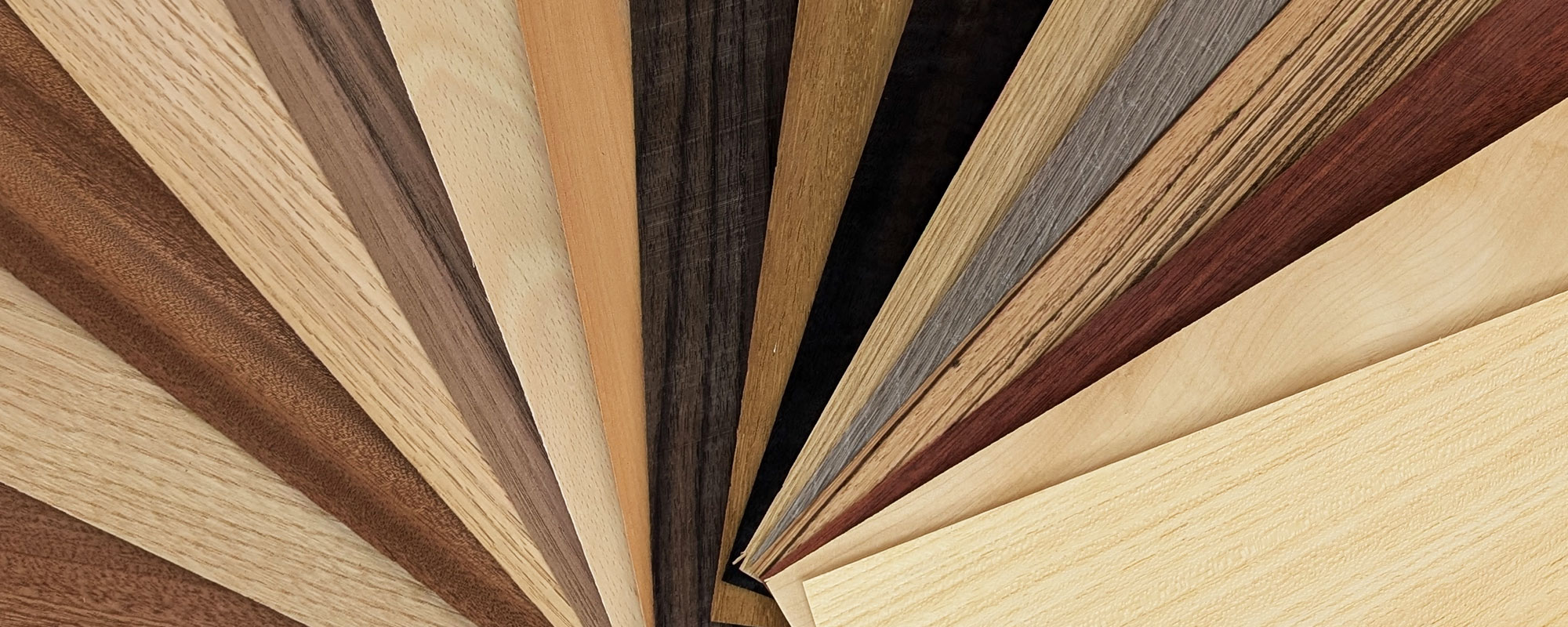
Wood Veneer Types Comparison
| Features | (Decorative) Wood Veneer | Saw Cut Wood Veneer | Burr Wood Veneer | Coloured Wood Veneer | Constructional Wood Veneer | Oyster Wood Veneer |
|---|---|---|---|---|---|---|
| Cutting Method | Sliced | Circular saw | Sliced burr | Sliced & dyed | Double knife cut | Sliced cross-section of branches or roots |
| Thickness | 0.6mm – 0.8mm | 1.5mm – 6mm | 0.6mm – 0.8mm | 0.6mm | 1.4mm to 2.5mm | 1.5mm |
| Surface Prep | Smooth | Smooth, may need sanding | Brittle, may need repair | Smooth, needs care when sanding | Smooth, may need sanding | Uneven, may require flattening and drying |
| Colour | Often darker | Natural | Rich, varied grain patterns | Uniformly dyed | Natural | Natural, circular growth rings |
| Durability | Moderate | High | Moderate | Moderate | High | Moderate |
| Flexibility | High | Low | Moderate to Low | High | Moderate to Low | Low |
| Common Applications | Cabinetry, marquetry, curved surfaces | Flooring, sturdy furniture | Luxury furniture, car dashboards, marquetry | Decorative accents, inlays | Stair treads, large projects | Antique furniture, jewellery boxes, marquetry |
| Pros | High yield, versatile | Strong, durable | Visually striking | Creative versatility | High durability | Unique aesthetic |
| Cons | Less durable than thicker types | Lower yield, more material waste | Fragile, may need repairs | Unnatural appearance | Less flexibility | Fragile, limited size, labour intensive |
